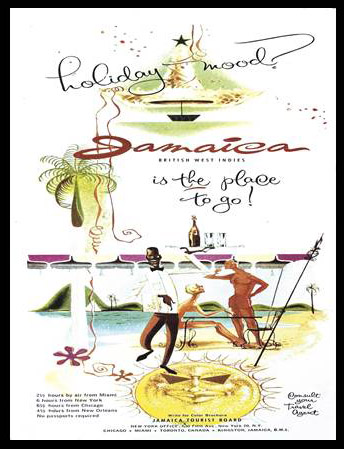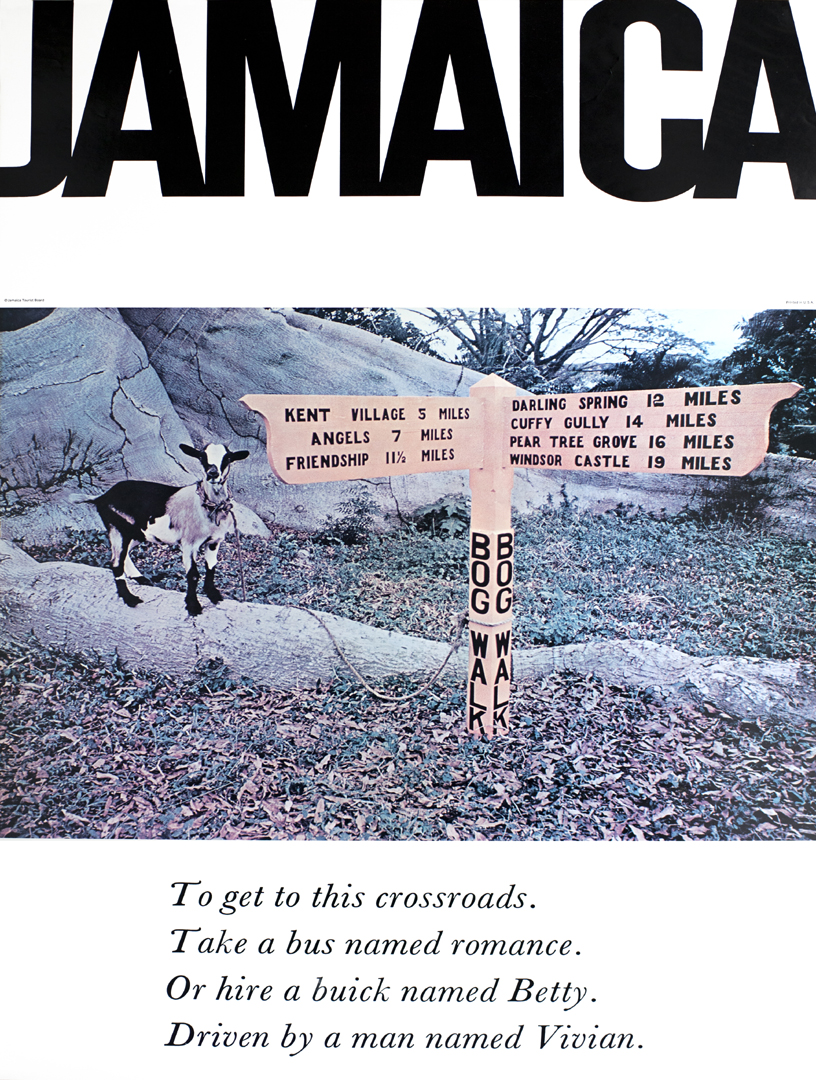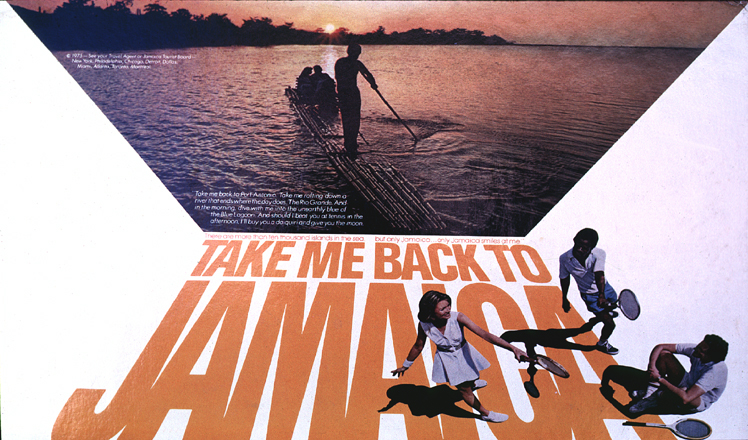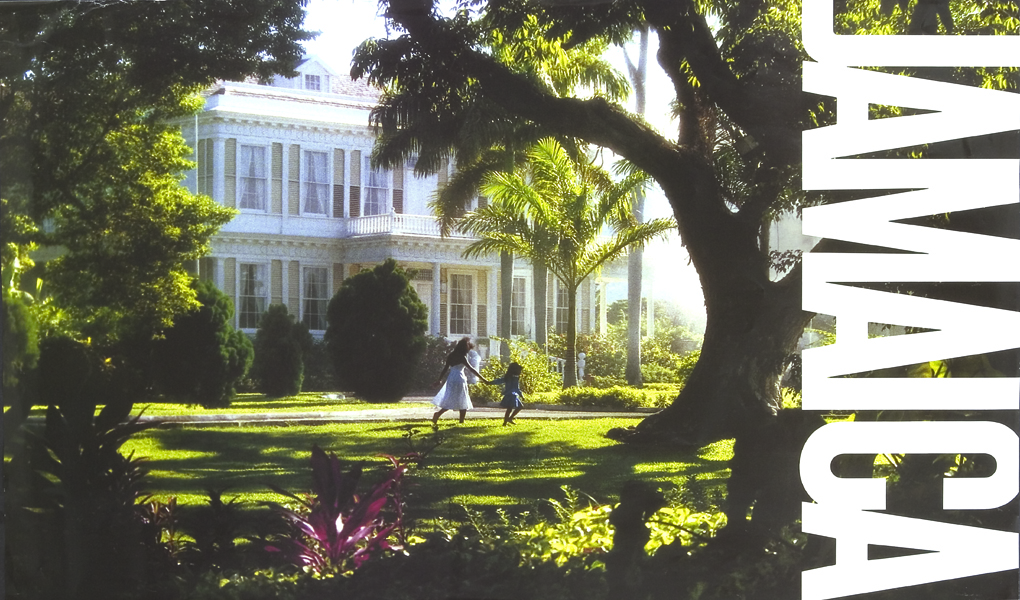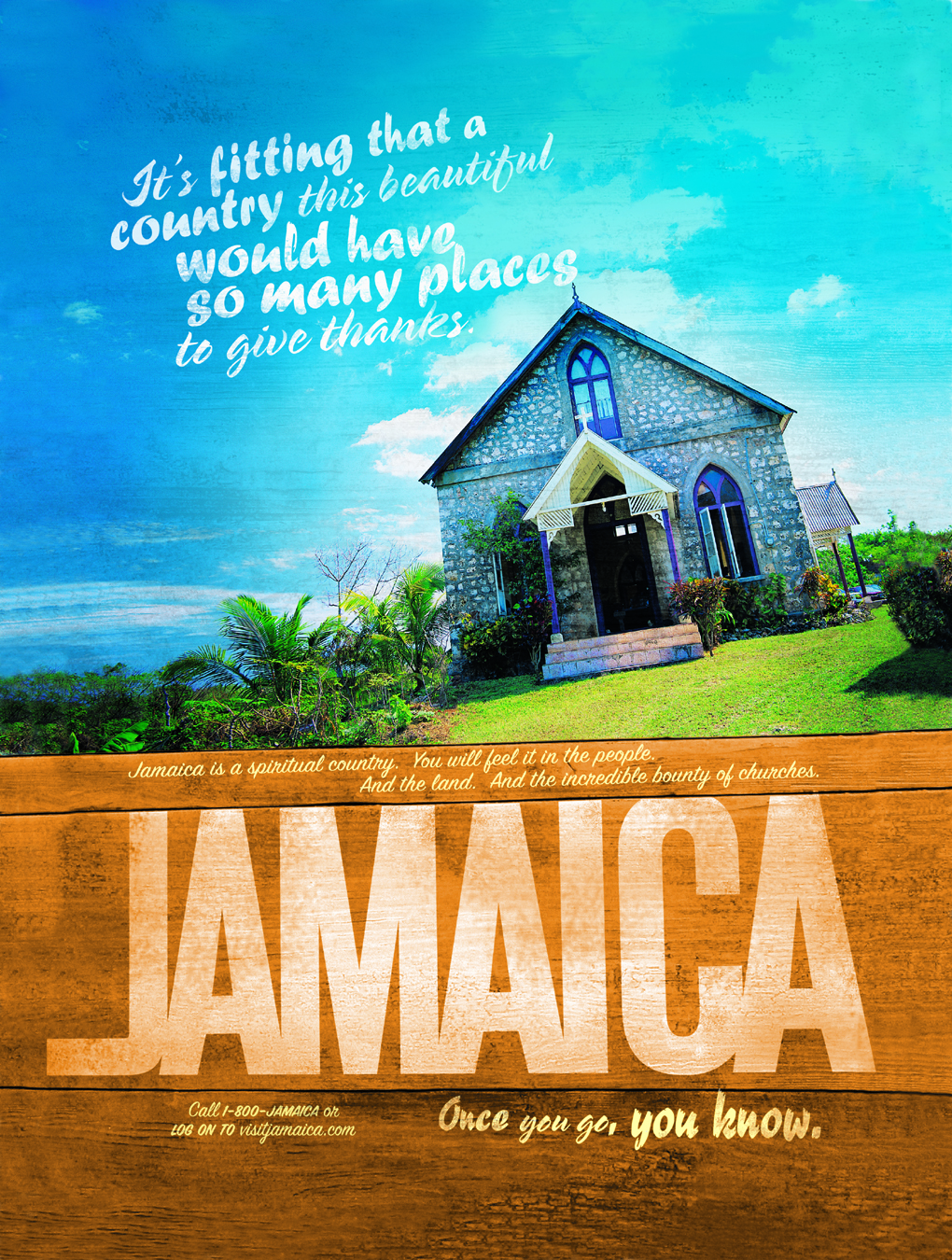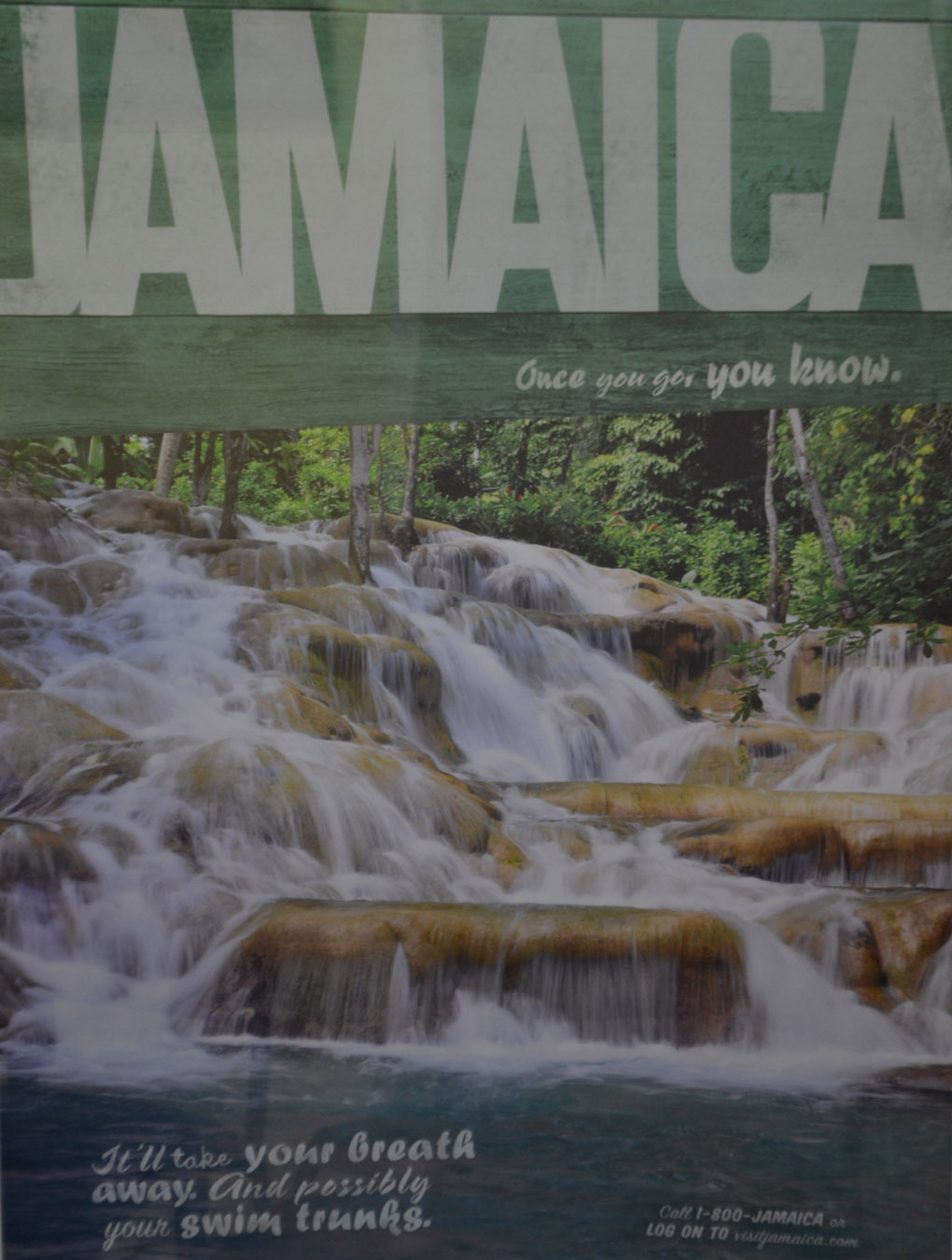64 Knutsford Boulevard, Kingston 5 Jamaica, West Indies
American term for hotel head porter.
Dictionary of Travel, Tourism and Hospitality. S. Medlik 1996. Second Edition. p.32
American term for page boy in a hotel.
Dictionary of Travel, Tourism and Hospitality. S. Medlik 1996. Second Edition. p.32
Term to describe firms and establishments providing facilities and services for tourists. Economic activities are normally grouped into industries according to their products. As tourists use a range of facilities and services, they are customers of a number of industries as conventionally defined. Those significantly dependent on tourists for their business such as hotels and tour operators are sometimes called tourism-related industries. To the extent to which they supply tourist rather than local and neighbourhood market, they make up a tourism industry, that part of the economy which has a common function of meeting tourists needs.
Dictionary of Travel, Tourism and Hospitality. S. Medlik 1993. Second Edition. p.149
A synonym for day visitor. For statistical purposes, a visitor who does not stay overnight in the country or place visited.
Dictionary of Travel, Tourism and Hospitality. S. Medlik 1993. Second Edition. p.59
For statistical purposes, ‘ a visitor whose visit lasts less than 24 hours and does not involve in an overnight stay’.
Dictionary of Travel, Tourism and Hospitality. S. Medlik 1993. Second Edition. p.130
Establishment providing food for consumption on the premises to the general public, to which the supply of alcoholic liquor, if any, is ancillary, as a separate unit or as a part of an hotel or another establishment. Beyond this generalization some restaurants operate under designations such as cafes, snack bars and the like; in some countries the designation of restaurants and other eating establishments is regulated by law.
Dictionary of Travel, Tourism and Hospitality. S. Medlik 1993. Second Edition. p.127
An establishment providing accommodation and often also other facilities and services primarily for motorists. Originating in North America as a response to growth in motor travel, early motels were distinguished by low-rise buildings with rooms normally accessible from the outside, adjacent car parking and location in relation to highways. These features are still characteristic of many motels today but other establishments so called do not differ significantly from hotels with extensive parking facilities, and are sometimes also known as motor hotels, motor inns and motor lodges.
Dictionary of Travel, Tourism and Hospitality. S. Medlik 1993. Second Edition. p.102
A small sea, lake or river harbour with docking facilities for motor and sailing boats, usually with maintenance and supply services. Most marinas provide berths for long ??? and short ???term use and some also offer boat charter.
Dictionary of Travel, Tourism and Hospitality. S. Medlik 1996. Second Edition. p.166
Defined for statistical purposes as ‘the receipts of a country resulting from the consumption expenditures, i.e., payments for goods and services made by international visitors to use themselves or give away. They should, in practice, also include receipts from excursionists, except in cases where these are so important as to justify separate classification. They should however, exclude all forms of remuneration resulting from employment, as well as international fare receipts. This category corresponds to “Travel Credits” in the standard reporting form of the International Monetary Fund (IMF)’ (World Tourism Organization).
Dictionary of Travel, Tourism and Hospitality. S. Medlik 1993. Second Edition. p.83
Defined for statistical purposes as ‘consumption expenditures’, ie., payments for goods and services, made by residents of a country visiting abroad. They should, in practice also include expenditures of excursionists, except where these are so important a sto justify separate classification. They should, however, exclude all forms of remunerations resulting from employment as well as international fare payments. This category corresponds to “Travel Debits” in the standard reporting form of the International Monetary Fund (IMF)’ (World Tourism Organization).
Dictionary of Travel, Tourism and Hospitality. S. Medlik 1993. Second Edition. p.83
Trip commonly arranged by tourist boards and similar organization for journalists, tour operators and travel agents in generating areas to visit destinations and to become acquainted with their attractions, facilities and services. These trips, popularly known as fam trips, may be viewed as part of sales promotion and as one of the facilitation techniques used by tourism organizations to assist the tourism industry. They also have a public relations role in providing opportunities for influencing communication and distribution channels for travel and tourist products and through the ultimately potential customers. They are also referred to as educational trips or educationals.
Dictionary of Travel, Tourism and Hospitality. S. Medlik 1993. Second Edition. p.60
In tourism, the maximum capacity of a site or area to sustain tourist activity without deterioration in the quality of the visitor experience of the environment. Hence, carrying capacity may be seen to have physical, social (perpetual) and environmental dimensions and is normally expressed in terms of a given number of concurrent users of e.g., a historic attraction, beach or resort. The concept was first applied extensively in tourism in the 1960’s when it was also incorporated in the planning of such major developments as the Languedoc-Roussillon project in France.
Dictionary of Travel, Tourism and Hospitality. S. Medlik 1993. Second Edition. p.27
Trips and visits made by employees and others in the course of their work, including attending meetings, conferences and exhibitions. As an indication of its significance, in recent years UK residents spend more than a quarter of their estimated total expenditure on tourism in the UK on business trips/ visits (United Kingdom Tourism Survey/UKTS); business tourism represented around one-quarter of all in-bound tourism (International Passenger Survey/IPS).
Dictionary of Travel, Tourism and Hospitality. S. Medlik 1993. Second Edition. p.23
(a) an establishment providing sleeping accommodation with breakfast, usually operated by private households and particularly common in British Isles.
(b) Accommotion tariff which includes sleeping accommodation and Continental or English breakfast, offered by private households as well as commercial establishents.
Dictionary of Travel, Tourism and Hospitality. S. Medlik 1993. Second Edition. p.16
En pension or full-board hotel tariff, which includes room and three meals per day (breakfast, lunch, dinner). Also referred to in the USA as bed and board.
Dictionary of Travel, Tourism and Hospitality. S. Medlik 1993. Second Edition. p.11
A voyage by ship taken for pleasure, rather than purely for the purpose of transport- commonly by sea, but also on lakes rivers and canals. Trips can be of varying duration which may but need not depart from and return to the same port or include scheduled calls at ports en route. The Caribbean and the Meditteranean are among principal sea cruising areas.
Dictionary of Travel, Tourism and Hospitality. S. Medlik 1996. Second Edition. p.73
Whilst there are many different types of tourism, some of the major ones include: Eco-tourism Nature Tourism Community Tourism Sports Tourism Heritage Tourism Cultural Tourism Special Events Tourism Cruise Tourism
TOURISM & ME,
Jamaica Tourist Board, 1996 p. 16.
Establishment providing accommodation, food and drink for reward mainly to travelers and temporary residents, usually also meals and refreshments to other users, and often other facilities and services. More specific meaning is sometimes attached to the term in particular countries for legislative or other purposes, thus, e.g., ‘an establishment held out by the proprietor as offering food, drink and, if so required, sleeping accommodation, without special contract, to any traveler presenting himself who appears able and willing to pay a reasonable sum for the services and facilities provided and who is in a fit state to be received’ (Great Britain: Hotel Proprietors Act 1956).
Dictionary of Travel, Tourism and Hospitality. S. Medlik 1996. Second Edition. p.131
The output of economic activities resulting in intangible products (as distinct from physical goods), such as accommodation, transport and communications, financial services, as well as education, health and various personal services. Hence, service industries, also described as tertiary industries, as distinct from primary (agriculture and extractive) and secondary (manufacturing and construction). By their nature travel, tourism and hospitality products are largely made up of services and supplied by the services industries.
Dictionary of Travel, Tourism and Hospitality.
S. Medlik 1993. p.134
